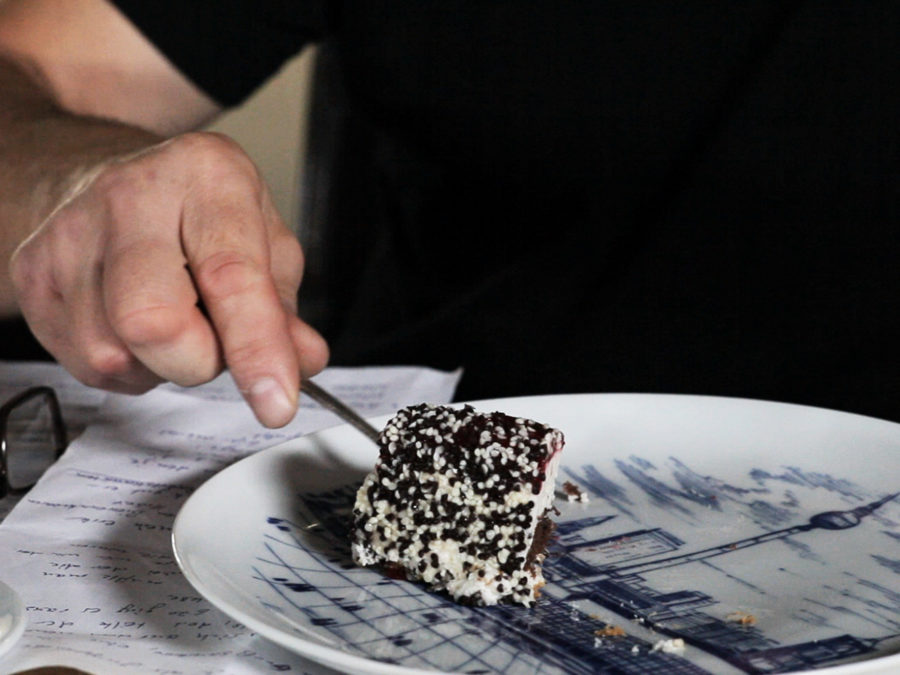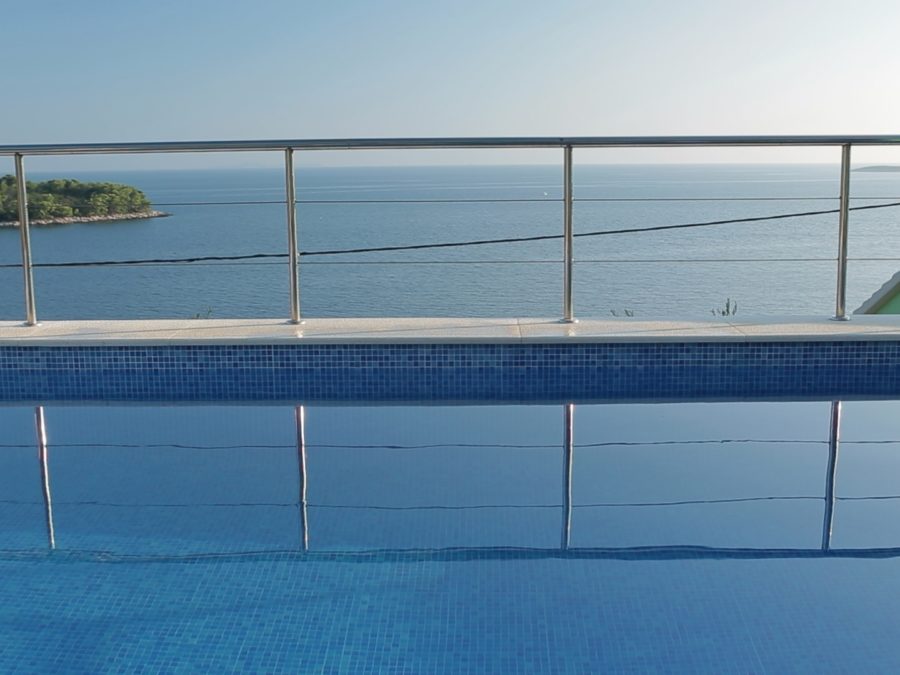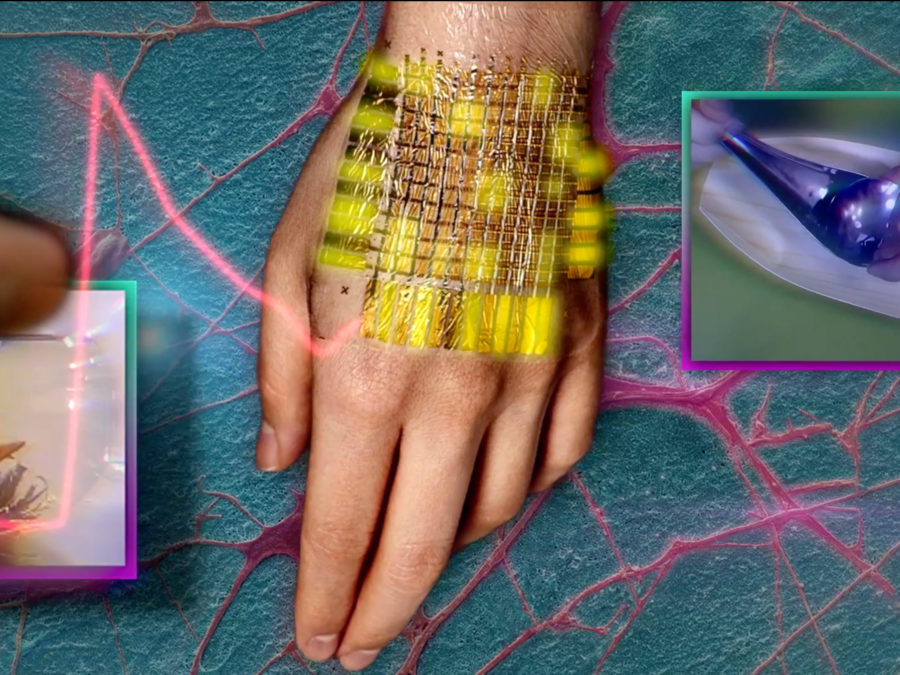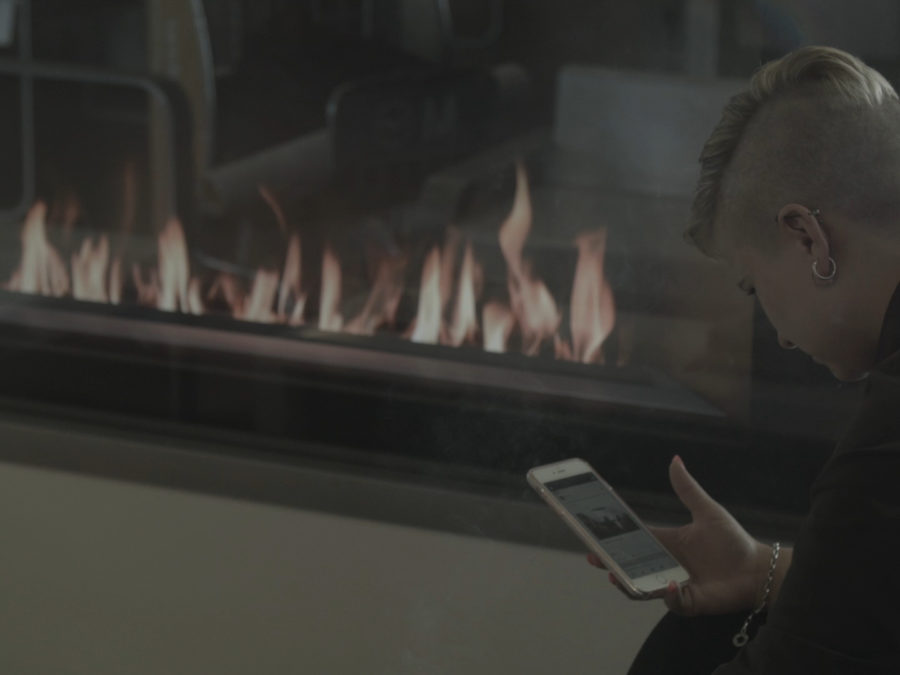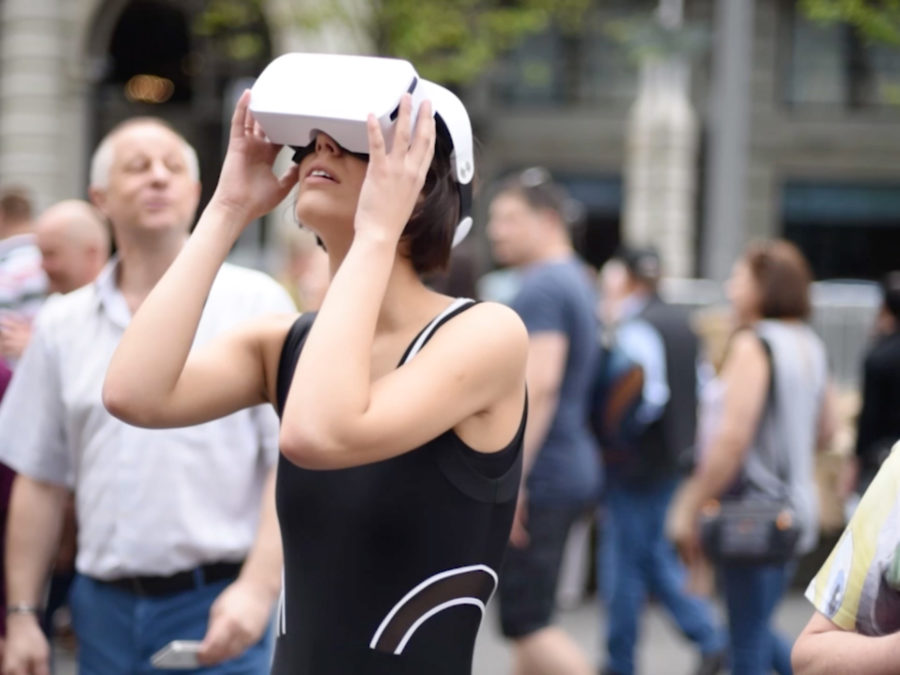Ever since I found out about Ilona Németh’s video recording of the public intervention The Fog (2013), I dreamed about restaging her project in Skopje. I imagined waking up one morning and walking around the city center looking at an empty square, as the citizens of Bratislava had when they strolled across Freedom Square (Námestie Slobody) during Németh’s original action. More precisely, I envisioned my gaze being unable to penetrate a similarly thick layer of artificial smoke. As a foggy curtain, it would render invisible – at least for a day – the oversized and incongruous monuments overcrowding Skopje’s main square.
Németh’s video features edited documentation of her public intervention(s). Held on two separate occasions, (1) the event turned the concrete-dominated Freedom Square into a delicate, temporary visual metaphor of time. Gradually unleashed through smoke grenades, torches, and mist machines, the fog amassed in folds like drapery. The work points to the inevitably ephemeral nature of collective memory and the amnesia imposed on public space. By obscuring the view of the urban monuments, The Fog draws out the clash of different historic macro-narratives. Ideological agendas have shaped the square’s aspect during the socio-political turbulence of different historic periods (during which its names have also changed accordingly). By manifesting the cityscape as a vantage point in absentia, the work stresses the contamination of public space as a symbolic plight.
Through the temporary event of “freeing” Freedom Square from its cumbersome past by shrouding it in an invisible layer of skin, Németh’s artistic strategy produces poetic justice. It ultimately stands for the wishful thinking of the artist and the citizens of Bratislava: to strip away the various layers forcefully imposed by political powers on their everyday life. On the one hand, The Fog acknowledges how each historic period tries to leave its permanent ideological mark and that there is no such thing as an “innocent” public space. On the other hand, it also calls for acknowledgment of the performative role of citizens – in shaping the form and narration of public space. By claiming the right and power to inscribe their own memories in that very same space, they mark their absence like the water that has vanished from the square’s Fountain of Friendship. (2)
(1) The event took place on September 12th and 27th, 2013, in the public framework of Project Point 0 launched by the initiative Public Pedestal (Dalibor Bača, Martin Piaček, Tomáš Džadoň, Michal Moravčík).
(2) Built in 1979 during the last decade of socialist Slovakia, the Fountain of Friendship, or Fountain of Union (Fontána Družby) is the dominant and central feature of Freedom Square. However, due to lack of maintenance after the fall of the Iron Curtain, it has been out-of-order since 2007, and looks to be decommissioned in future renovation plans for the square.
Text by Suzana Milevska
Date: September 12 and September 27, 2013
Location: Námestie Slobody / Freedom Square, BratislavaPublic performance organised by Verejný podstavec / Public Pedestal, Bratislava
In cooperation with Martin Piaček
Realized within project Zero Point
Production of the performance: Petra Báliková
Photos: Marian Ravasz
Video production: Cukru
Director of photography and editing: Martina Slováková
Photos: Miroslav Bača, Martin Chlpík, Jakub Lazarčík, Dušan Vančo
Sound: Blažej Vidlička
Sound design: Dušan Vančo
Special effects: František Šuli Rakický, Gabriela Macková
Production management: Petra Báliková, Martin Piaček
Supported: Ministerstva kultúry SR
Ilona Németh is an artist, organizer, and curator based in Bratislava. She is a professor in the Department of Intermedia at the Academy of Fine Arts in Bratislava where she is head of its Studio IN, a leading international education open studio program. Her artistic practice searches for a balance in narrating the personal experience of growing up in a country marked by political turmoil and telling a universal story of Eastern Bloc countries during the transition period. She has exhibited widely both locally and internationally. She co-curated the exhibition series Universal Hospitality at the City Festival of Wiener Festwochen (2016), MeetFactory and FUTURA, Prague (2017). Her solo project Eastern Sugar was recently presented at Kunsthalle Bratislava.


